Introduction
The centre of Tibetan Buddhism in Beijing, the Lama Temple makes for a fascinating visit. Soak up the atmosphere as you pass through a series of halls and courtyards full of incense burners.
Built in 1694 (Qing dynasty) for the Prince Yongzheng, it was originally a residential palace before being converted into a Tibetan Buddhist lamasery in 1744.
Don’t miss
North Courtyard
After walking down the tree-lined avenue and through the Zhaotai gate, you will come to the North Courtyard. This symmetrical courtyard contains drum and bell towers (to the east and west respectively) and the Hall of Heavenly Kings. It is a good spot to enjoy the atmosphere and watch Buddhists coming to pray away from the main tourist hub.
Hall of Heavenly Kings (Yonghe Gate)
Guarded by two stone lions, the Hall of Heavenly Kings was the original entrance to the temple. It contains statues of the four heavenly kings each holding different objects – a snake and treasure, umbrella and mouse, sword, and pipa (traditional Chinese musical instrument). They surround the central cross-legged Maitraya Buddha.
Hall of Harmony and Peace (Yonghe Hall)
The main hall of the temple, the Hall of Harmony and Peace is located immediately behind the Hall of Heavenly Kings. It contains large bronze statues the Buddhas of the Three Ages – Kasyapa Matanga (past), Sakyamuni (present) and Maitreya (future). Statues of 18 Arhats line the sides of the hall.
Hall of Everlasting Blessings (Yongyou Hall)
Originally the residence of Prince Yongzheng, the Hall of Everlasting Blessings now contains interesting statues of Simhanada (wisdom Buddha), Amitayus (longevity Buddha) and Bhaisajyaguru (medicine Buddha). Of particular interest however are the silk depictions of the White Tara and Green Tara hanging on the walls, the latter being made of over 4000 pieces of silk.
Hall of the Dharma Wheel (Falun Hall)
The former residence of the prince’s wives, this hall now contains a large statue of Tsong Kha-pa, the father of the Yellow Hat Sect of Tibbetan Buddhism. Behind him stands a magnificent red sandlewood carving of 449 Arhats (of the original 500) in the shape of a hill with fine metal detailing. Detailed murals depicting the life of Sakyamuni surround the walls. Important Buddhist scriptures are also on display, along with a wooden basin supposedly used to wash the three-day-old Emperor Qianlong.
Pavilion of Infinite Happiness
The tallest hall of the Lama Temple, this is the last main building of the palace. It contains a huge (26 meter tall) wooden carving of Maitreya, which as given as a gift to the Emperor Qianlong by the seventh Dalai Lama and carved from a single trunk of white sandlewood – a Guiness World Record. This statue is surrounded by thousands of buddhas along the walls across all three floors. The adjacent halls are also worth exploring, containing intricate woodcarvings of Buddhas and dragons and a small exhibition of Tibetan Buddhist artefacts.
Practical info
Tickets: 25 RMB.
Opening hours: 9:00-16:00 (winter), 9:00-16:30 (summer).
Recommended visit: 2 hours.
Transport: take metro line 2 or 5 to YongHeGong (雍和宫), leave via exit C, turn left and walk along the red wall for 500m until you reach the temple.
Top tip: pick up some free incense sticks at the entrance.
Nearby
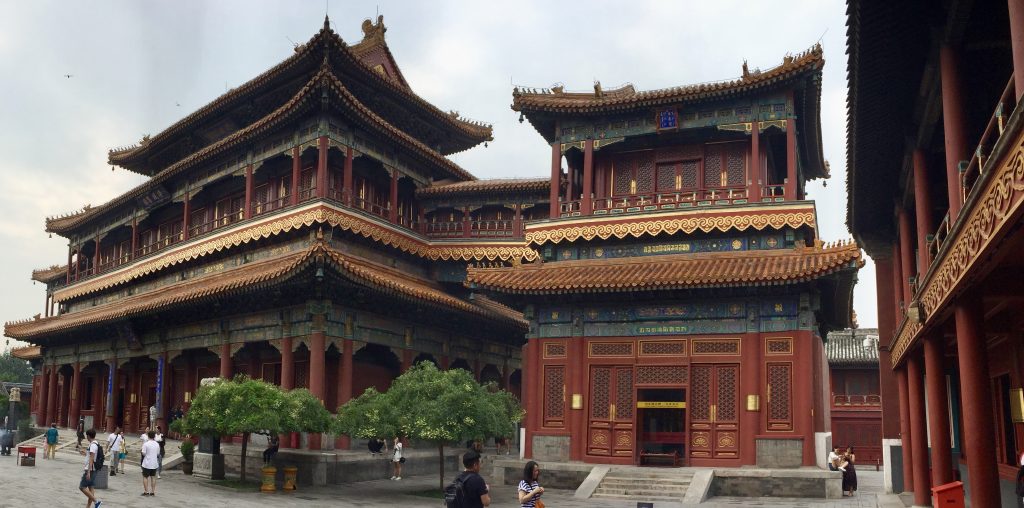
Lama Temple 雍和宫
Lama Temple 雍和宫
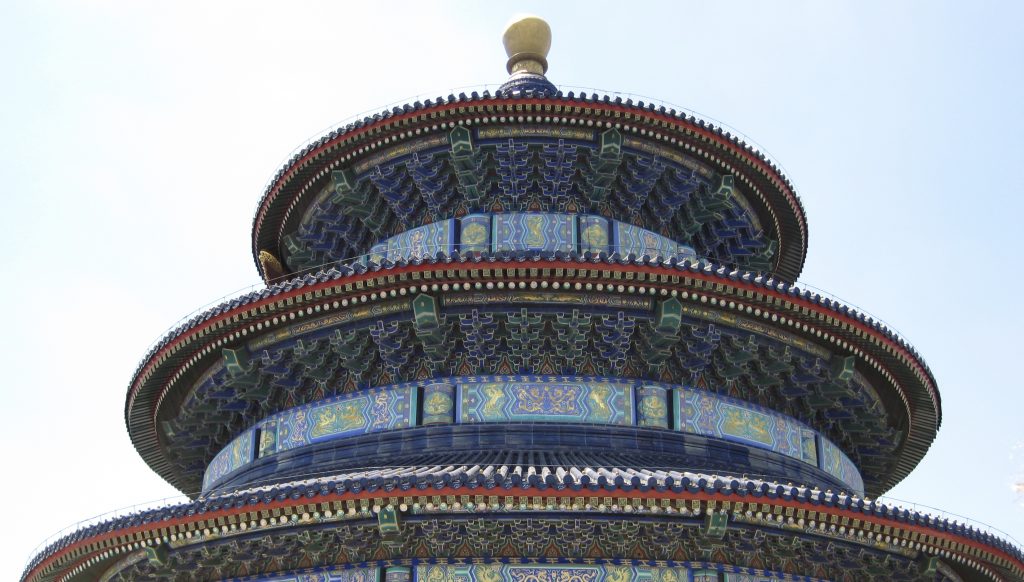
Temple of Heaven 天坛公园
Temple of Heaven 天坛公园
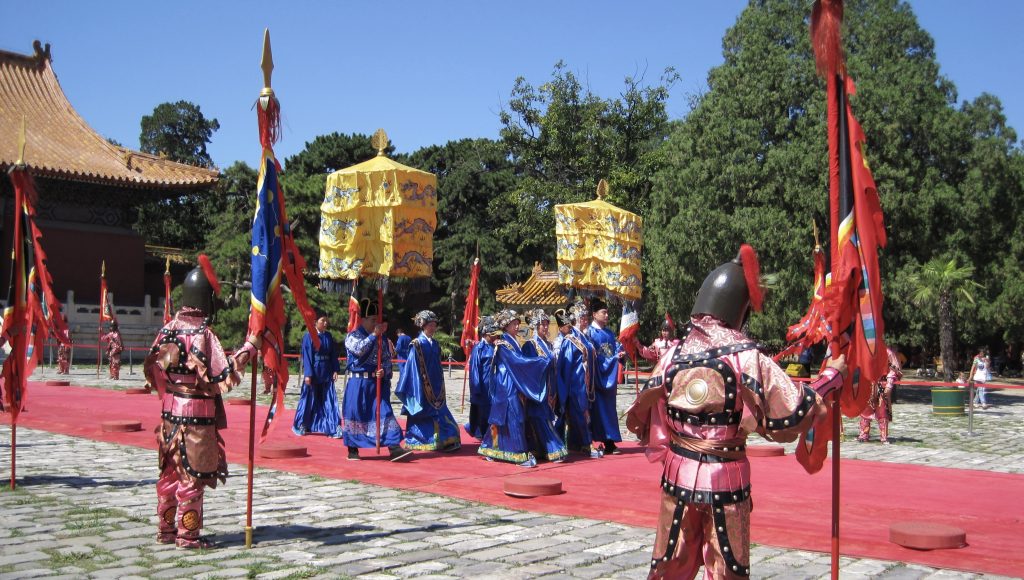
Ming Tombs 明十三陵
Ming Tombs 明十三陵
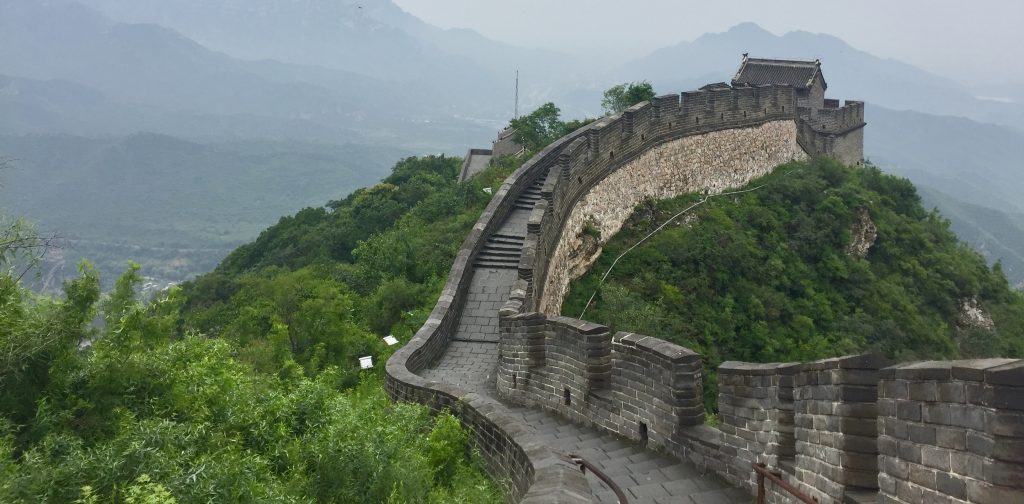
Juyongguan Great Wall 居庸关长城
Juyongguan Great Wall 居庸关长城
Mutianyu Great Wall 慕田峪长城
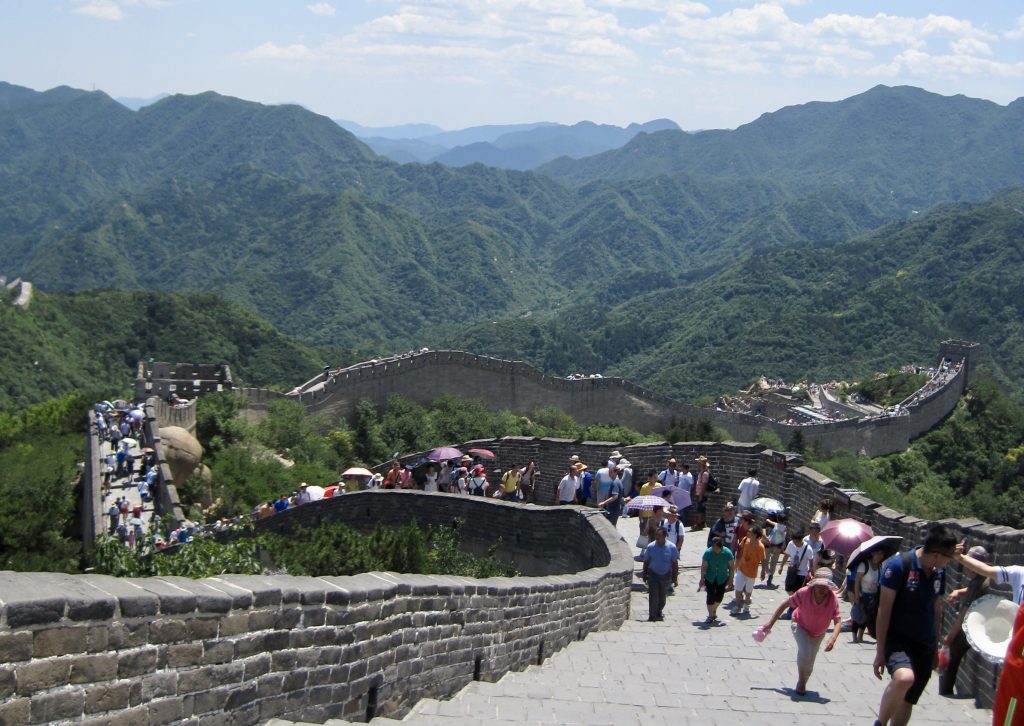
Badaling Great Wall 八达岭长城
Badaling Great Wall 八达岭长城
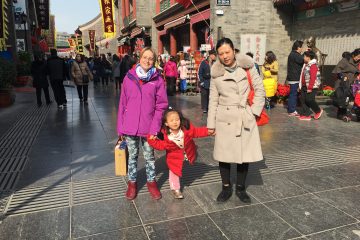


0 Comments